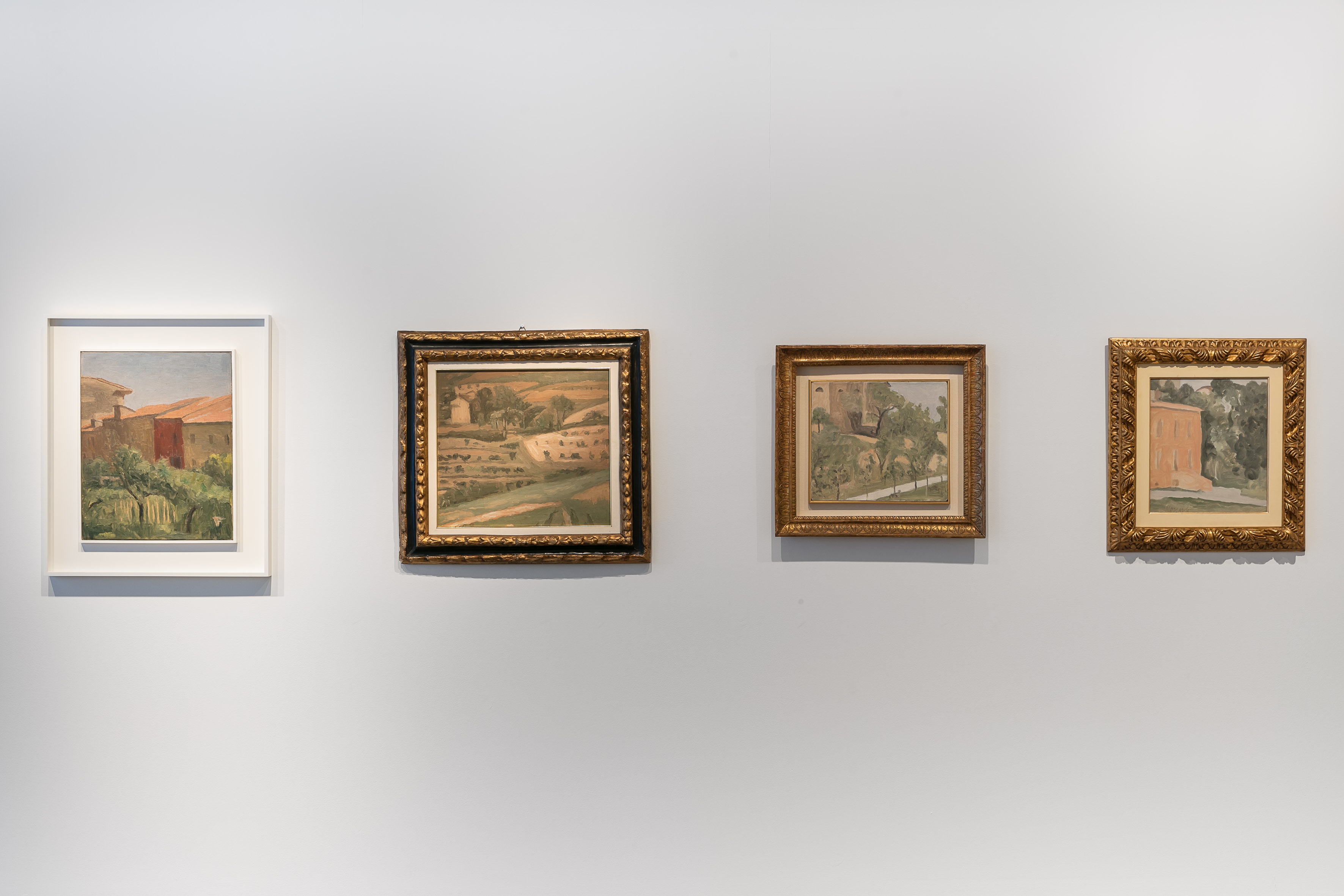

Giorgio Morandi is best known today for his beautifully contemplative still-life paintings, works which led the art historian Roberto Longhi to describe him as “arguably the greatest Italian painter of the twentieth century.” Born in Bologna, Morandi spent most of his life with his mother and three unmarried sisters in an apartment on via Fondazza, where he occupied an austere room he used as both a bedroom and studio. Early on in his career, Morandi experimented with Cubism and Futurism, for a few years around 1917, he embraced Metaphysical painting, the movement led Giorgio di Chirico and Carlo Carrà. Yet by 1920, Morandi had begun to develop his unique and instantly recognisable personal style.
Morandi’s paintings from the early 1920s until this death in 1964 show remarkable consistency. His trademark pictures were his still lifes, in which he arranged bottles, vases, jugs, and other domestic containers on a table, and painted them with painstaking precision in largely sombre colours. Fame came for Morandi after World War II. In 1948 he represented Italy at the Venice Biennale, and in 1957 he won the Grand Prize for painting at the São Paulo Biennale, defeating Marc Chagall and Jackson Pollock. These successes allowed him to give up his teaching job at the University of Bologna and focus exclusively on his painting. Morandi’s imagery would influence numerous artists after him, including the Minimalists, who admired his pared-back aesthetic and emphasis on order, geometry and spacing.